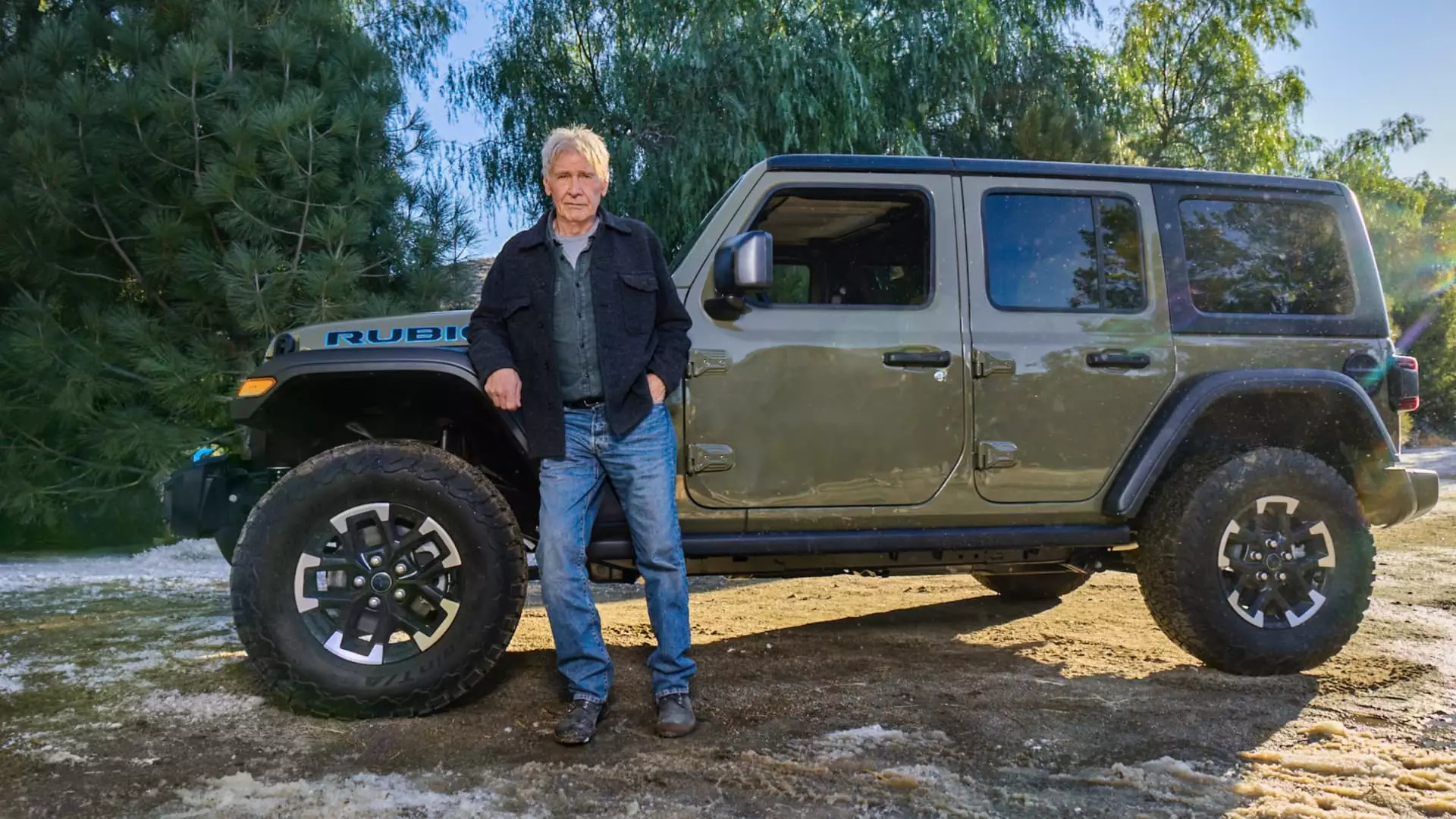In a landscape fraught with uncertainty and corporate recalibration, Stellantis—a global automaker with brands like Ram and Jeep—has made a distinctive mark by returning to the Super Bowl for its 59th iteration. This move comes as other automakers opted out, citing financial constraints and an industry struggling to adapt to the electric vehicle (EV) revolution. Stellantis’ Chief Marketing Officer, Olivier Francois, articulated the significance of this decision, framing it as a vital affirmation of the company’s commitment to the U.S. market, particularly in light of recent upheavals, including the unexpected departure of CEO Carlos Tavares.
Stellantis’ circumstance was further complicated by ongoing challenges in the automotive sector, particularly regarding the swift transition toward electric vehicles. Despite these hurdles, Francois was prompted by Chairman John Elkann to leverage the high-stakes marketing platform that the Super Bowl affords. This was not merely a financial decision; it was an emotional appeal to demonstrate resilience and far-reaching ambitions within the fiercely competitive car market.
Stellantis, formerly Fiat Chrysler, has a rich history of crafting impactful advertisements, particularly during the Super Bowl. This trend began in 2011 when the automaker boldly aired a two-minute spot featuring rapper Eminem, effectively associating the brand with the grit of Detroit and its comeback narrative following the 2009 bankruptcy. Such storytelling—imbued with cultural awareness and relevance—has become the hallmark of Stellantis’ advertising strategy under Francois’s leadership.
Elkann’s pointed request to manifest a “comeback” helped refocus Stellantis’ marketing efforts. Reminiscent of the late Sergio Marchionne, a key figure in the company’s revival, Francois was inspired to revisit the philosophy of “playing as if you have nothing left to lose.” This perspective drove the creative decisions behind this year’s commercials, which blended humor with traditional storytelling techniques while emphasizing brand identity over specific vehicle sales.
For the 2023 Super Bowl, Stellantis pulled off a dual-ad approach that demonstrated both creativity and market awareness. The Ram Trucks commercial, featuring actor Glen Powell, played into a lighthearted comedic format. However, it was the Jeep advertisement starring Harrison Ford that truly encapsulated the spirit of past campaigns. Ford’s narrative was designed to evoke personal and communal resonances, as he explored themes such as freedom and the importance of shaping one’s own story—all without tying it explicitly to consumerism.
Notably, this narrative included clever nods to competitive vehicles, particularly the Ford Bronco, reinforcing Jeep’s position in the marketplace. By framing these encounters within broader themes of happiness and freedom, the advertisement transcended typical automotive marketing to resonate on a deeper emotional level with viewers. Ford’s reflections on life, alongside the spirited exploration of nature by various Jeep models, established a compelling connection with the audience.
Francois further revealed that he had a personal hand in scriptwriting—a rare endeavor for someone in his position. This hands-on approach facilitated a greater sense of control over the messaging, allowing the ad to be both reflective and relevant to the automaker’s evolution amid turbulent times.
The automotive sector’s pivot towards electric vehicles has left many companies floundering. Francois noted that several automakers seemed overwhelmed by the urgency to shift to EVs, leading to a chaotic and unfocused marketing strategy. In this context, Stellantis’s choice to showcase a balanced mix of electric, traditional, and hybrid vehicles during the Super Bowl was a shrewd move. This multifaceted approach not only highlighted the brand’s adaptability but also catered to a diverse consumer base that may not yet be fully on board with the electric revolution.
Furthermore, the decision to enter the Super Bowl advertising arena seemed to allow Stellantis to demonstrate a nuanced understanding of market dynamics. Instead of jumping on the bandwagon of promoting solely electric options, their ads embraced a comprehensive dialogue around vehicles, aligning with the varied expectations of consumers while setting the stage for a more balanced future—one that incorporates traditional combustion engines alongside electrification.
At a time when the automotive landscape is seemingly fragmented and riddled with uncertainty, Stellantis’s Super Bowl advertising strategy stands as a testament to the enduring value of storytelling in marketing. By harnessing a potent blend of nostalgia, emotional connectivity, and forward-thinking messages, the automaker not only reclaimed its position at the forefront of automotive advertising but also sent a resolute message about its commitment to the American market. With a firm base established, the road ahead may be filled with challenges, but Stellantis appears ready to navigate the changing automotive seascape with innovation and resilience.


Leave a Reply